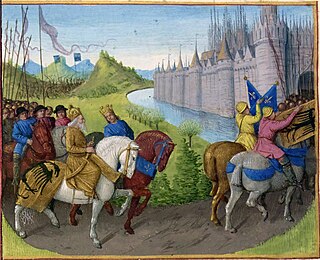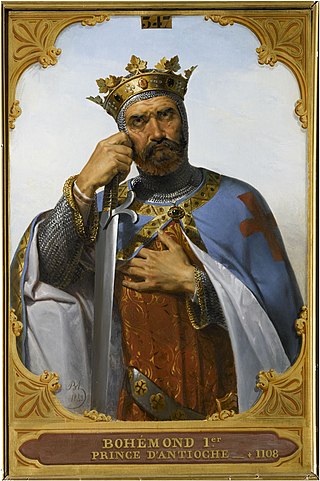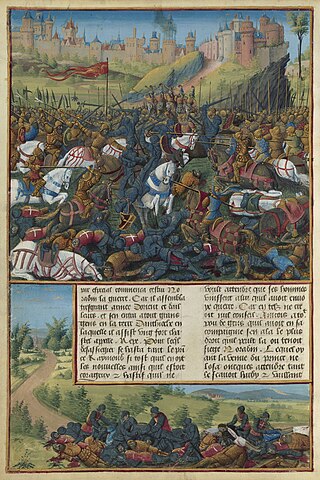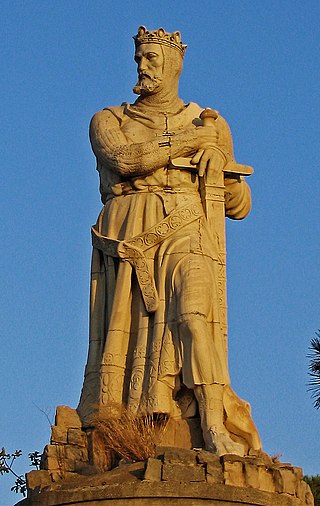
Year 1135 (MCXXXV) was a common year starting on Tuesday of the Julian calendar.
The 1090s was a decade of the Julian Calendar which began on January 1, 1090, and ended on December 31, 1099.
The 1170s was a decade of the Julian Calendar which began on January 1, 1170, and ended on December 31, 1179.
The 1100s was a decade of the Julian Calendar which began on January 1, 1100, and ended on December 31, 1109.
The 1120s was a decade of the Julian Calendar which began on January 1, 1120, and ended on December 31, 1129.
The 1140s was a decade of the Julian Calendar which began on January 1, 1140, and ended on December 31, 1149.

Year 1147 (MCXLVII) was a common year starting on Wednesday of the Julian calendar.

Year 1152 (MCLII) was a leap year starting on Tuesday of the Julian calendar.
The 1110s was a decade of the Julian Calendar which began on January 1, 1110, and ended on December 31, 1119.

Year 1112 (MCXII) was a leap year starting on Monday of the Julian calendar.
Year 1111 (MCXI) was a common year starting on Sunday of the Julian calendar.

Year 1110 (MCX) was a common year starting on Saturday of the Julian calendar.

Year 1103 (MCIII) was a common year starting on Thursday of the Julian calendar.

Year 1176 (MCLXXVI) was a leap year starting on Thursday of the Julian calendar, the 1176th year of the Common Era (CE) and Anno Domini (AD) designations, the 176th year of the 2nd millennium, the 76th year of 12th century, and the 7th year of the 1170s decade.

Year 1131 (MCXXXI) was a common year starting on Thursday of the Julian calendar.

Year 1149 (MCXLIX) was a common year starting on Saturday of the Julian calendar.

Year 1104 (MCIV) was a leap year starting on Friday of the Julian calendar.

Year 1105 (MCV) was a common year starting on Sunday of the Julian calendar.
Year 1108# (MCVIII) was a leap year starting on Wednesday of the Julian calendar.
In the Battle of Shaizar in 1111, a Crusader army commanded by King Baldwin I of Jerusalem and a Seljuk army led by Mawdud ibn Altuntash of Mosul fought to a tactical draw, but a withdrawal of Crusader forces.











